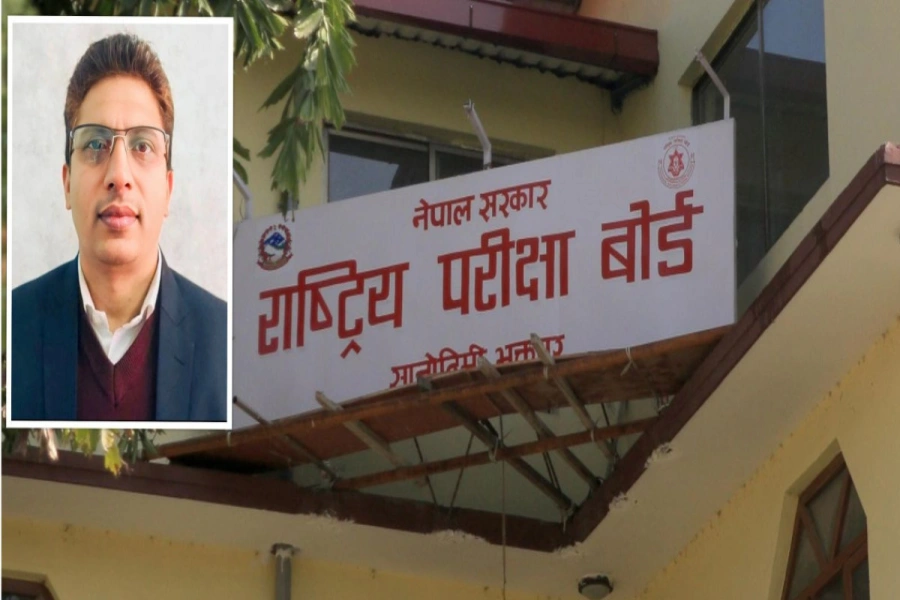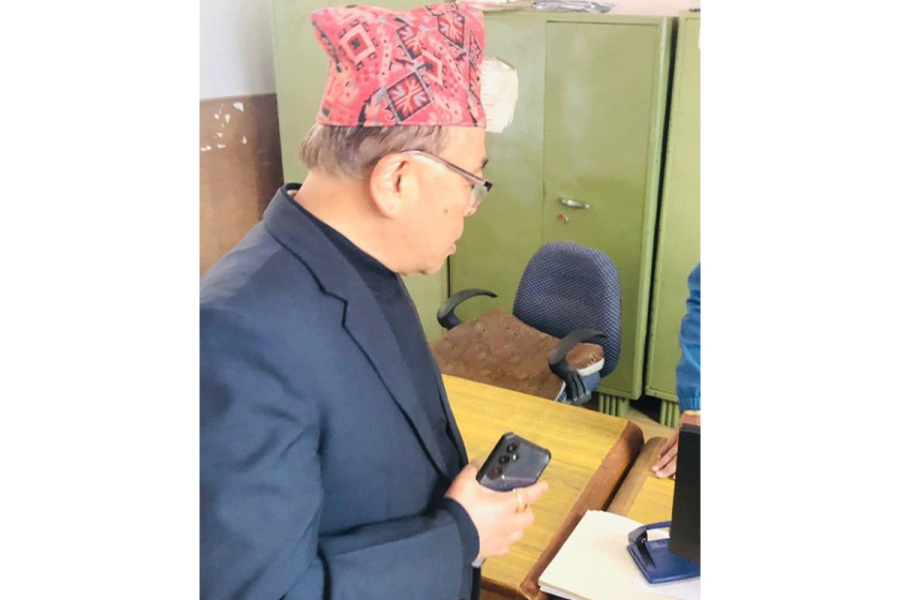Leapfrog Technology is a software development company established with a vision to build world-class software and become a role model in Nepal.
Leapfrog was founded in 2010 with its headquarters in Kathmandu and corporate offices in Massachusetts, Portland, and Seattle in the U.S. Its clientele are mostly U.S.-based startup and enterprise firms. At present, it employs more than 100 engineers.
Inspired by M-PESA -- a Kenya-based mobile payments company funded by telecom giant Vodafone -- Leapfrog was originally established in partnership with Kumari Bank with a primary vision of “leapfrogging” the digital divide between banked and unbanked populations in Nepal through mobile banking -- hence the name Leapfrog.
The company’s initial projects were mainly aimed at taking mobile banking to rural Nepal, but it has now expanded its services to healthcare, financial technology, and education
sectors.
Leapfrog Technology concludes its Women's Internship Program

Some of the firms that Leapfrog has offered its services to have either been acquired by bigger companies or have witnessed exponential growth to become multi-million-dollar entities.
“We have a customer in the Silicon Valley that uses our data-driven healthcare platform named ‘Clinicast’. The solution essentially helps patients refill medicine from the prescribed pharmacy every month via online money transfer service. We’re helping their team over there with our software development”, said Richan Shrestha, manager of
Leapfrog.
Leapfrog has also set up a remittance company named Machnet Inc, which is primarily targeted at Nepali students studying in foreign countries, or those working there. The platform currently supports remittance transactions in five countries, including Nepal.
“Our engineers are no less qualified than those in the Silicon Valley. We’re building a kind of environment where our engineers can grow with continuous learning and knowledge sharing. We believe our peers are the best teachers and we learn the most if we teach each other” he said.
Leapfrog frequently organizes events like hackathons to continuously learn, explore and seek the best practices. Developers have access to many online learning accounts and in-house library in Leapfrog’s office. The company also sends its engineers to the U.S. and India for more exposure.
Leapfrog also locally hires 50-60 interns from colleges every year. These interns are first assigned with a ‘standard mock package’ that they have to complete as a team. After its successful completion, they are then evaluated before they move on to tackle the
real ones.
Every quarter, applicants with prior programming experience go through a written exam, technical test, coding assignment and a six-week internship program before getting hired.
As far as Leapfrog’s future plans are concerned, it hopes to acquire more enterprise customers in healthcare, education and internet technology sectors, and expand Machnet’s operations in other countries. It is also planning to invest more in recruiting, training and staff development programs.







































